Sandhya Sridhar
Lord Krishna, as we all know, was at the heart of the Mahabharata war. He was the Pandava Arjuna’s charioteer, while his army was given to Duryodhana of the Kauravas. While the preparations for war were on, Balarama, Krishna’s elder brother was not happy. He wished to remain neutral. Duryodhana was dear to him and so was Bhima. He had tutored both in the art of mace fighting. Not wanting to take sides, he decided to go on a pilgrimage.

He first travelled to Prabhasa, where the Somnath temple is, and took a bath in the waters of the sea there. He offered water the rishis there, and food to the people present. From Prahbhasa, Balarama journeyed upwards along the course of the River Sarasvati. He turned eastwards along the course of the Sarasvati and then travelled along the course of the Yamuna and the Ganga, arriving at Naimisaranya, in what is now Uttar Pradesh. This place is rich in history, with a sacred Vishnu temple here. It was a popular place for pilgrimage then as it is now.

Here, Balarama came upon a few rishis holding a religious congregation, a satsanga. He saw that Romaharsana, a disciple of Vyasa, occupied the seat at the head of this congregation. When the rishis saw Balarama, in the time-honoured tradition, all of them stood up to welcome him and offer him a seat. Only Romaharsana remained seated. Balarama felt insulted, Quick to anger, he thought, “This Romaharsana is a Suta by caste. How has he occupied the high seat at this satsanga? What he did to me, I cannot tolerate.” He pulled out a blade of Kusa grass and hit Romaharsana with it. Romaharsana fell dead. The rishis were aghast. They told Balarama, “What you have done is not right! He sat on the seat at the head at our request. He could not get up till the rituals are done. Also, you are on a pilgrimage, you cannot kill. What did you do, O Balarama!” Balarama was then made to atone for his act of killing.
After atonement, Balarama continued on his pilgrimage, bathing in the Kausiki river (the river Kosi), then travelling along the Sarayu, down the subcontinent. He went to Prayag, then continued along other river courses, bathing in the sacred waters of the Gomati, the Gandaki, the Vipasa and Sona (in today’s Bihar). He then went to Gaya, and after a bath in the Ganga, performed rituals for his ancestors.
Balarama bathed in the waters of the Godhavari and in the Pampa lake. He went to Srisailam, the abode of Lord Shiva as Mallikarjuna, and travelled to Dravida. Here, he went to the mountain were Lord Venkata resides (present-day Tirupati). After which he travelled to Kanchi, and then moving along the river Kaveri, reached Srirangam, sacred to Lord Vishnu. From here, he went to the Rishabha hill (Yanaimalai near Madurai, Tamil Nadu), where he worshipped Lord Vishnu at a temple there.

He travelled on to the bridge across the sea (the bridge to Lanka that Rama built), reaching Rameswaram, and bathed in the waters there. He met Sage Agasthya on these travels, and received his blessings.
He continued onto Kanyakumari, praying at the temple to the Goddess Durga there. He then journeyed to Phalguna (identified as Anantpur, a place near Bellary), and then travelled on to bathe in the waters of the Tapi and the Reva (Narmada river), on the banks of which stood the city of Mahishmati. From there, he returned to Prabhasa, where he had begun his journey.

Balarama is said to have defined the concept of pilgrimage as we see it today. Being a godhead, in his human avatar, he showed people how one could seek spirituality and atone for one’s misdeeds, through visiting holy sites and through prayer.

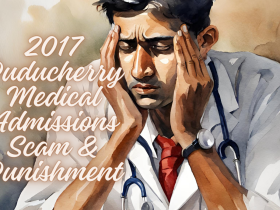


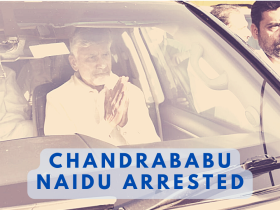
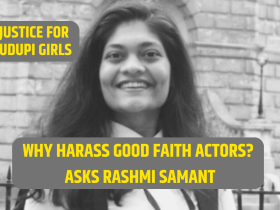
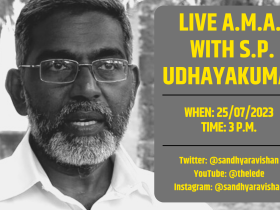
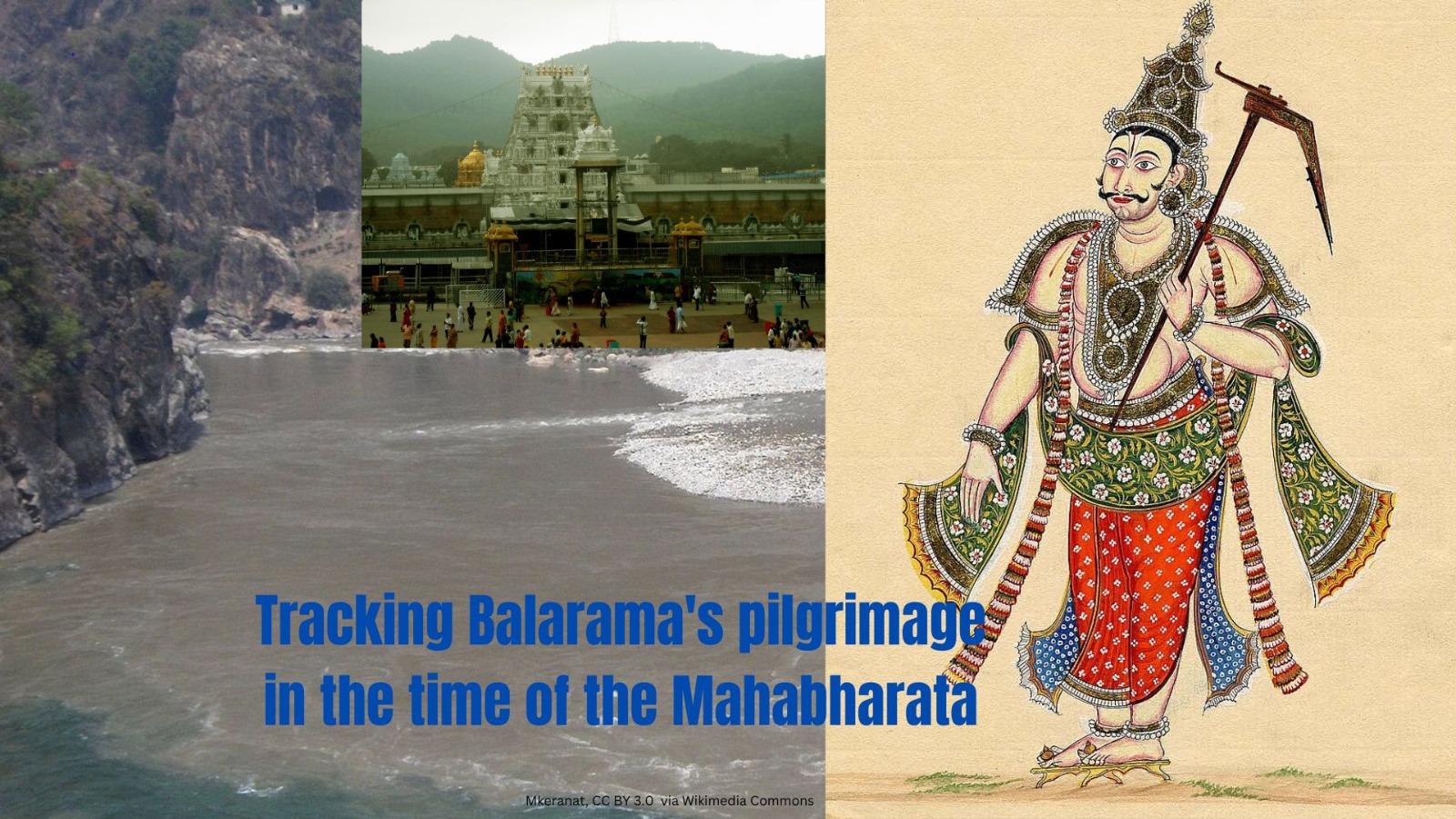
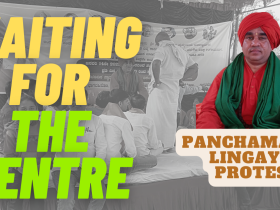



Leave a Reply